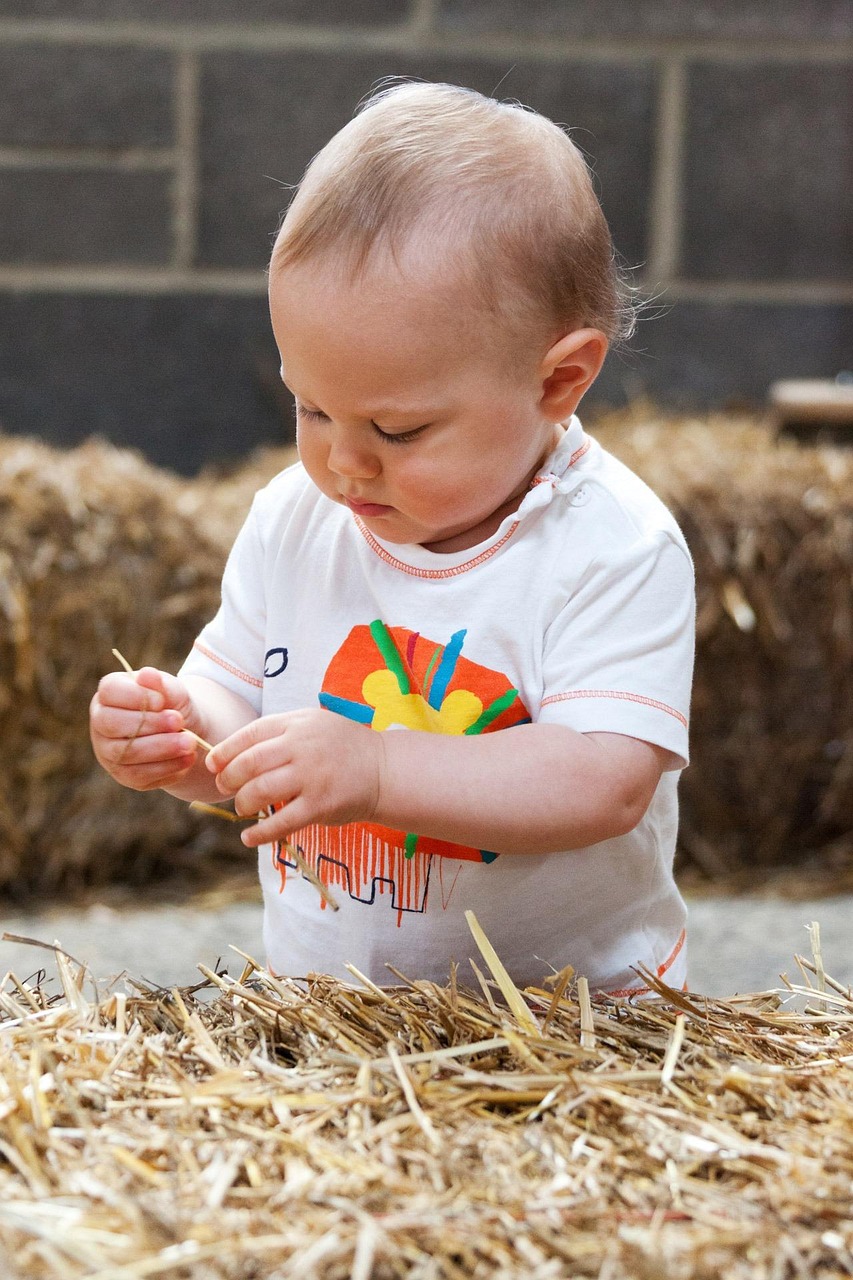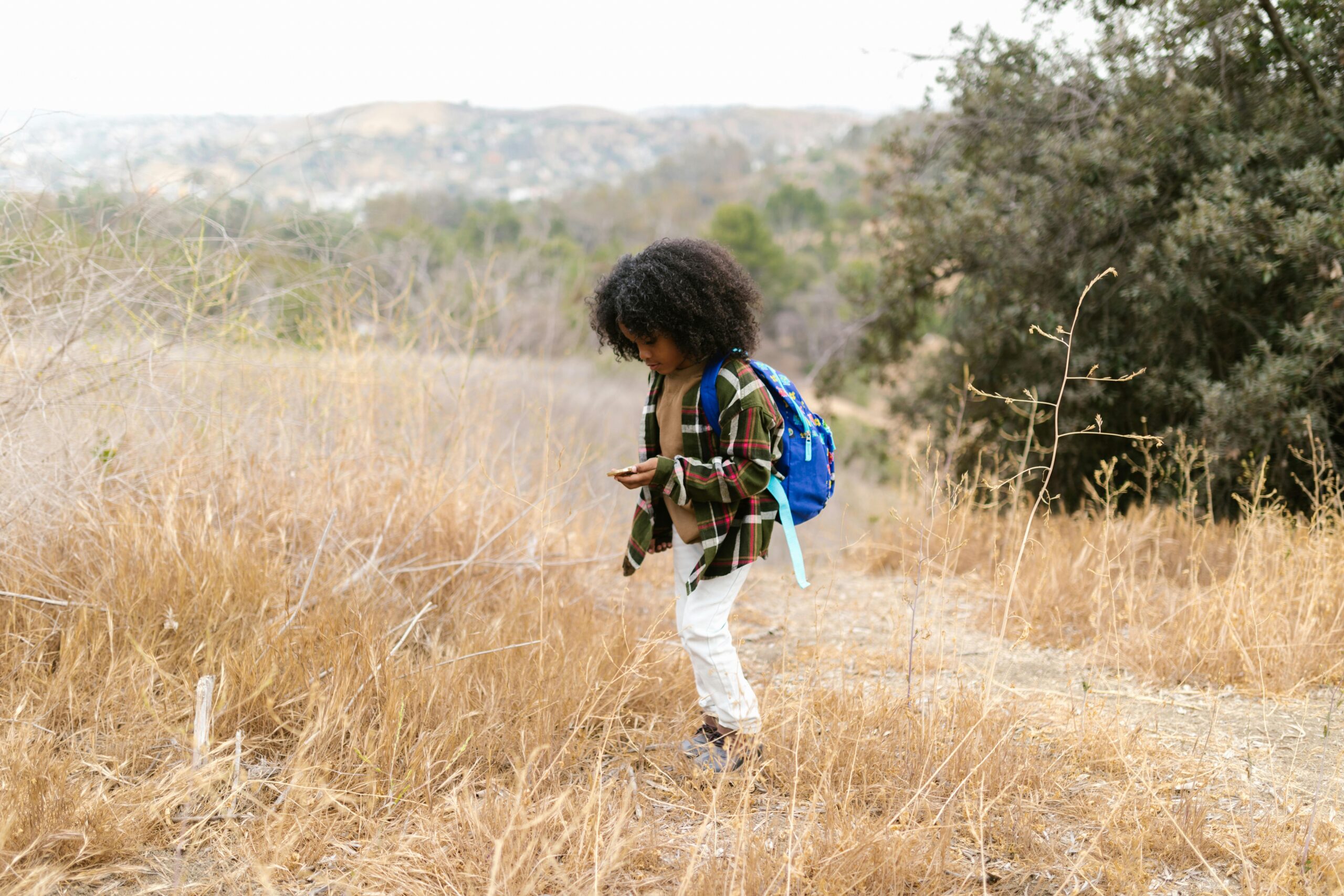If you’ve ever dreamed of reaching the summit of a mountain but felt intimidated by the journey, you’re not alone. Many people start as beginners, unsure of how to transition from a sedentary lifestyle to scaling peaks. The good news? Anyone can become a climber with the right mindset, training, and preparation. Whether you’re looking to conquer local hills or aspire to summit high-altitude peaks, this guide will take you from couch to crest, step by step.
1. Start with the Right Mindset
Climbing is as much about mental strength as it is about physical endurance. If you’re new to hiking and climbing, it’s important to:
✔ Set realistic goals – Start with smaller hikes and gradually build up.
✔ Embrace discomfort – Expect sore muscles, challenging terrain, and unpredictable weather.
✔ Stay motivated – Remember why you started and celebrate small victories along the way.
Your journey begins with a single step—both physically and mentally.
2. Build a Strong Fitness Foundation
Climbing requires strength, endurance, and flexibility. A good training plan includes:
✔ Cardio workouts – Brisk walking, jogging, cycling, or stair climbing will improve stamina.
✔ Strength training – Focus on legs, core, and upper body to handle inclines and carrying a pack.
✔ Flexibility exercises – Stretching and yoga prevent injuries and improve mobility.
🏔 Beginner Workout Plan:
- Walking or hiking – 3–4 times a week
- Bodyweight exercises (squats, lunges, planks) – 2–3 times a week
- Stair climbing – Build endurance for uphill treks
3. Choose the Right Gear
The right equipment makes a huge difference in your comfort and safety. As a beginner, invest in:
✔ Hiking boots or trail shoes – Supportive, durable, and suited for the terrain.
✔ A comfortable backpack – Lightweight but big enough for essentials.
✔ Moisture-wicking clothing – Layers that regulate temperature and keep you dry.
✔ Trekking poles – Reduce strain on knees and improve stability.
🛒 Pro Tip: Visit an outdoor store for expert gear recommendations based on your climbing goals.
4. Learn Navigation and Safety Basics
Before hitting the trails, familiarize yourself with basic outdoor skills:
✔ Reading trail maps and using a compass/GPS – Know your route and avoid getting lost.
✔ Weather awareness – Check forecasts and prepare for changing conditions.
✔ First aid knowledge – Carry a small kit and learn how to treat blisters, sprains, and altitude sickness.
🚨 Golden Rule: Tell someone your hiking plan before heading out—especially on solo trips.
5. Start with Beginner-Friendly Climbs
Don’t rush into high-altitude expeditions. Begin with easy to moderate hikes, such as:
🏔 Best Beginner-Friendly Climbs
✔ Local nature trails – Short and scenic, perfect for beginners.
✔ Gradual elevation hikes – Build endurance on rolling hills before tackling steep ascents.
✔ Popular beginner peaks – Trails like Mount Monadnock (NH) or Angel’s Landing (UT) provide a challenge without being overwhelming.
6. Fuel Your Body for Success
Climbing burns a lot of energy, so nutrition and hydration are key:
✔ Before the hike – Eat complex carbs and protein (e.g., oatmeal with nuts, eggs, or whole-grain toast).
✔ During the hike – Pack high-energy snacks like nuts, trail mix, and protein bars.
✔ Hydration is critical – Drink water consistently, especially at high altitudes.
🥤 Pro Tip: Use electrolyte drinks to stay hydrated and avoid muscle cramps.
7. Gradually Push Your Limits
Once you’ve built stamina, start tackling more challenging climbs. To level up your climbing game:
✔ Increase elevation gain – Add higher peaks to your hiking list.
✔ Extend your hikes – Go for longer distances and multi-day treks.
✔ Try scrambling or basic rock climbing – Explore terrain that requires hands-and-feet navigation.
🎯 Challenge Yourself: Sign up for a guided mountain trek or plan a backpacking trip to test your endurance.
8. Train for High-Altitude Climbing
If you aim to climb mountains above 8,000 feet, proper altitude preparation is essential:
✔ Hike at higher elevations – Gradually expose your body to thinner air.
✔ Acclimate properly – Stay hydrated, eat well, and rest when needed.
✔ Recognize altitude sickness – Symptoms include headaches, dizziness, and nausea.
🏔 Aspiring to Summit Big Mountains? Consider training on 14ers (14,000-ft peaks) like Mount Whitney (CA) or Grays Peak (CO) before moving to serious expeditions.
9. Enjoy the Journey, Not Just the Destination
Climbing isn’t just about reaching the summit—it’s about:
✔ Personal growth – Overcoming mental and physical challenges.
✔ Connecting with nature – Finding peace and appreciation in the wild.
✔ Building resilience – Learning patience, problem-solving, and perseverance.
🗻 Pro Tip: Stop along the way, take in the views, and enjoy the experience rather than rushing to the top.
10. Keep Pushing Boundaries
As you gain confidence, set bigger goals:
✔ Take on international climbs – Dreaming of Kilimanjaro or Everest Base Camp? Start planning!
✔ Join a climbing group – Learn from experienced climbers and expand your skills.
✔ Try new climbing disciplines – Explore rock climbing, ice climbing, or mountaineering.
🚀 From Couch to Crest, Your Journey Starts Now!
Final Thoughts
Climbing is an incredible adventure that transforms your body, mind, and spirit. Whether you’re hiking a local hill or setting your sights on a mountain summit, every step forward builds confidence and strength.
Call to Action:
Are you ready to take your first step from couch to crest? Share your hiking or climbing goals in the comments! Subscribe for more outdoor training tips, trail guides, and inspiration.




Leave a Reply